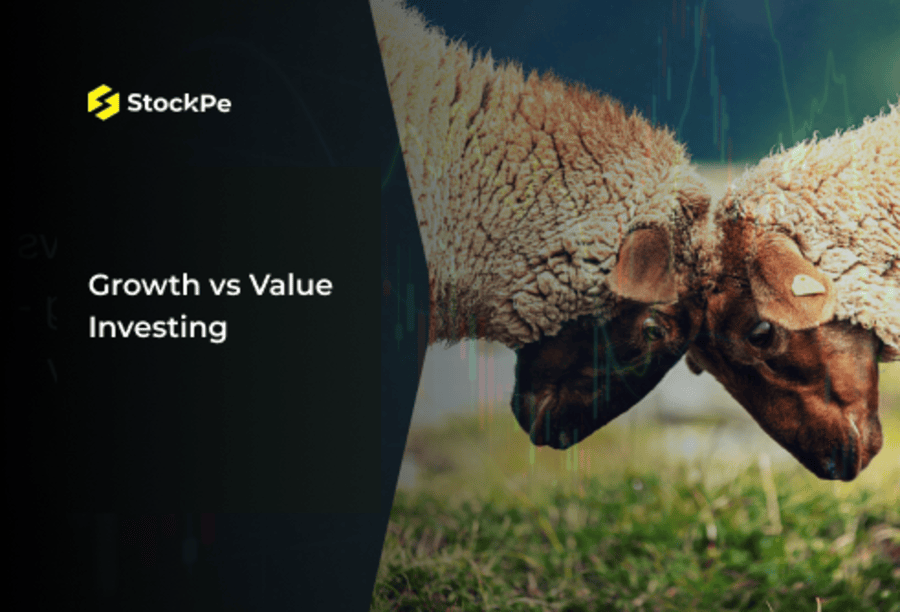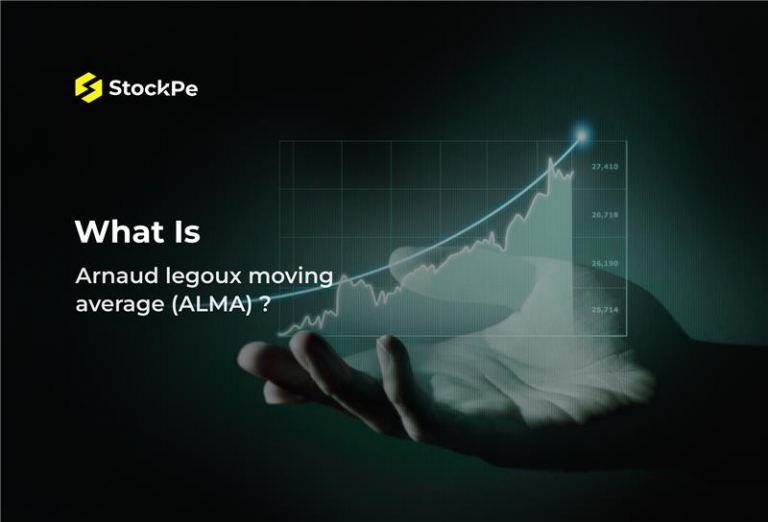Investing has one simple goal: to maximize returns. The problem with investing is choosing the right approach as the outcomes are far from expected. There are two main strategies that investors commonly use: growth investing and value investing.
Both growth and value investing methods target different types of companies with unique business philosophies. Let’s look at the differences between these two approaches in this article and assess the best-suited strategy for you.
What Is Growth Investing?
Growth investing involves selecting companies with the potential to grow. This is often based on the firm’s revenues, profits, and cash flows. The stock prices of such companies are expected to have a continual upward trend. Thus, they showcase a higher possibility of earning a good return in the long term.
In most cases, the growth investors avoid current income since they are more concerned with the future valuation of their investment. Some of the most famous growth companies are electric car maker Tesla, the online retailer Amazon, and the social media giant Meta.
Key Characteristics of Growth Stocks
Here are the key characteristics of firms with growth stocks::
- High Valuations: Growth stocks have higher price-to-earnings (P/E) ratios than the overall market. It is because investors are willing to pay more for growth stocks.
- Rapid Earnings Growth: They have steady growth in earnings and are usually in new or growing market segments.
- Higher Risk: Growth stocks tend to have higher levels of risk. They mostly have a higher valuation due to the potential, which may not always be realized.
What Is Value Investing?
Value investing also involves using fundamental analysis and searching for undervalued companies in the market. People purchase these stocks at a given price hoping that the market situation will improve and the stock prices will rise in the future.
Value investing strategy involves acquiring firms that may be experiencing bad short-term performances but strong long-term prospects. It is usually preferred by investors who would rather go for stable companies with temporary stock price fluctuations.
Key Characteristics of Value Stocks
Here are the key characteristics of firms with value stocks:
- Lower Price-to-Earnings Ratios: Value stocks usually have a low P/E ratio. It is because they are undervalued and their current stock price does not fully reflect their true earning power.
- Undervalued by the Market: These stocks are typically undervalued. Hence, investors can buy them at low prices.
- Less Volatility: Value stocks are considered to be less risky as compared to growth stocks. However, they can be slower to produce gains.
Growth vs. Value: Key Differences
To understand the main differences between these two approaches, let’s break down their defining features:
| Feature | Growth Stocks | Value Stocks |
| Price | Typically expensive compared to earnings | Typically undervalued by the market |
| Earnings | High earnings growth potential | Currently lower, seen as underperforming |
| Volatility & Risk | Higher volatility, higher risk | Lower volatility, generally more stable |
| Dividends | Rarely offer dividends, focus on reinvestment | More likely to offer dividends |
Growth at a Reasonable Price (GARP)
For investors seeking a strategy between growth and value strategies, there is a hybrid strategy known as Growth at a Reasonable Price (GARP). GARP investors seek out the stock of firms they believe have reasonable growth prospects, giving a good risk-reward ratio.
GARP enables investors to limit their exposure to overpriced high-growth shares. This is because they leverage value investment parameters for informed decision-making.
How does GARP work?
The GARP investors employ the price/earnings-to-growth (PEG) ratio. This one takes into account the rates of growth of firms as well as the price multiples. If the ratio is below 1, investors consider the price within a reasonable range. Whereas, if the PEG ratio is higher than 1, the stock is considered overvalued.
Growth vs. Value: Which Strategy Outperforms?
It is essential to understand that growth and value investing strategies differ in their performance over time. This is mainly concerning global market indicators and trends. It has been seen that value investing performs better in some periods than growth investing. For example, the post-market slump when value investing bounces back.
As observed over the past decade, the growth stocks, particularly in technology, have outperformed. For instance, during the period between 2010 and 2020, stocks that ensured high growth included:
- Technology
- Online retailing
- Renewable resources
For example, in the Vanguard Growth Index Fund, the returns over this period have been higher compared to the Vanguard Value Index Fund.
However, in periods of either heightened economic risk or relatively high interest rates, value-oriented equities often show better performance according to their lower P/E ratios.
Factors Driving Growth and Value Strategies
Several factors can influence which strategy performs better at any given time:
- Economic Conditions: The growth stocks may benefit from economic growths as firms continue and scale on research and expansion. Value stocks may perform better in slower economic growth rates and during recessions. They are familiar with their products/services and generate steady earnings.
- Interest Rates: Growth stocks do well when interest rates are low. It is because businesses can borrow money and grow their operations at a pocket-friendly cost. When interest rates are high, value stocks are preferred as they provide steadier returns and income.
- Market Sentiment: Growth stocks do better when investors are positive and willing to take the ride. While, value stocks do better during more conservative sentiments.
Conclusion
Whether to invest in growth stocks or value stocks depends on several factors such as the investor’s aims, capacity, and business vision. Growth investing entails a higher risk than value investing but has the prospect of experiencing a steep rise in price. Value investment style is less volatile and is potentially more suitable for people with long-term perspectives and less emphasis on high profitability.
Many people prefer a mix of both growth and value stocks to have the most opportunities for gaining high returns with moderate risk. This helps create a strong foundation for their investment portfolio with diversification.
FAQs
1. Is it possible to use both growth and value stock selection in my investment?
Yes, most investors use both growth and value styles because both growth and value investing does have its pros and cons. It can be used to capture higher returns from growth stocks and, at the same time, give stability and lower risk from value stocks. This results in a risk-adjusted return in different market conditions.
2. Which is riskier: growth or value investing?
Growth investing or investing in a company’s fundamental growth is generally viewed as a more dangerous investment strategy. It is based on future prospects that are quite unpredictable. In contrast, value investing is relatively risk-averse as it involves investing in mature businesses that are temporarily out of favor, which is less volatile.
3. Do growth stocks pay dividends?
Normally, growth stocks cannot pay dividends as these firms reinvest the income to generate new businesses and products. Value stocks, on the other hand, have a high propensity to pay dividends as most of the value stocks are blue chip stocks.
4. What investment strategy is more effective during periods of economic recession?
In periods of bear markets or economic downturns, value stocks are preferred because their stocks usually offer better values as compared to growth stocks. The growth stocks are normally more risky in such periods because growth in the economy is likely to be slow and therefore the growth stocks’ growth outlook can be less certain.





